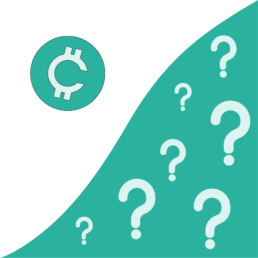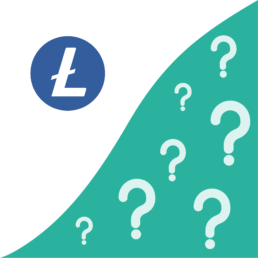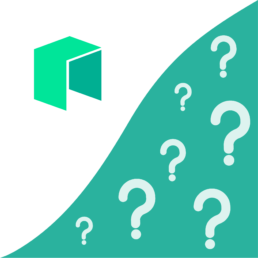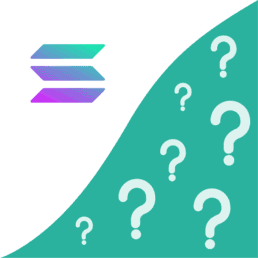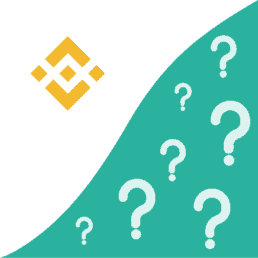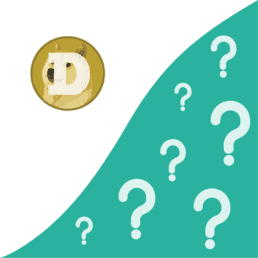What is Cardano?
Cardano is a third-generation, decentralised blockchain platform that enables cryptocurrency transactions with its native token ADA along with powering decentralised applications. Cardano is the brain-child of Ethereum’s co-founder Charles Hoskinson.
Traditionally, blockchains were developed on the basis of their whitepapers. However, Cardano is an ambitious project that is based on peer-reviewed papers that are modified by experts.
ADA is the native cryptocurrency on Cardano’s platform. ADA has a max supply of 45 billion tokens of which 31 billion have been already minted at its launch. This means 14 billion ADA tokens are reserved for mining rewards.
The Cardano blockchain is divided into two layers. Cardano Settlement Layer (CSL) is used for ADA transfers and to record transactions. Cardano Computation Layer (CCL) is made for custom smart contracts.
Previous blockchain generations like Bitcoin and Ethereum faced problems of scalability, interoperability and sustainability.
Let’s have a close look at what Cardano is and how it differentiates itself in the crypto space by solving these issues.
Scalability
For blockchains to become more adaptable alongside current financial ecosystems they have to increase the number of transactions possible per second on their respective networks. To combat this scalability issue, Cardano implements Ouroboros proof-of-stake consensus algorithm. We know this all sounds rather complicated, but bear with us here. Ouroboros divides a timeframe into epochs. Epochs contain numerous 20-seconds slots. Ouroboros algorithm elects random Core nodes as slot leaders for each slot. These nodes validate transactions and add a new block to the network. This allows Cardano to process transactions in parallel. This parallel validation significantly increases the volume of transactions. Core nodes are rewarded for validating transactions.
Dividing the network
Another scalability issue is network within blockchain technologies can be bandwidth. In a blockchain network, each node downloads a copy of every transaction. This becomes impractical when the number of transactions is escalated to thousands per second because each node will require greater bandwidth to store this volume of data.
Cardano solves this problem by dividing the blockchain network into sub-networks, using something called Recursive InterNetwork Architecture (RINA). These sub-networks are connected with each other using predefined protocols, ultimately meaning the bandwidth required to validate transactions is greatly reduced.
Storage
Blockchains are inherently a form of immutable storage; This means they store every transaction that’s ever happened. Efficiently storing this ever-increasing volume data can become arduous and potentially costly for many blockchains. To solve this issue, Cardano proposes the implementation of techniques like pruning, compression, and partitioning, which enables long term sustainability and efficiency.
Collaborating with banks and governments
Current financial institutions are hesitant to accept cryptocurrency transactions as they are safeguarded to provide anonymity where banks require information on the sender to create an element of security.
Cardano allows crypto users to add metadata to their transactions. However, this isn’t a default feature, it’s completely up to you to decide whether or not it’s useful to add metadata to a transaction. Long term this could help bridge the trust gap between traditional institutions and blockchain technologies.
Sustainability
Cardano promises to remain sustainable by upgrading itself using a treasury function.
The Cardano blockchain platform sends some amount of their revenue into a treasury. This ensures that even if they exhaust their ICO funds, they can still roll out upgrades. The treasury incentivises developers to roll out new upgrades.
Learn more about cryptocurrency
What is Bitcoin?
What is crypto
What is Ethereum?
What is crypto
What is Cryptocurrency?
What is crypto
What is a Blockchain?
What is crypto
What is Money?
What is crypto
What is DeFi?
What is crypto
What is Chainlink?
What is crypto
What is a Whitepaper?
What is crypto
What is an ERC-20 Token?
What is crypto
What is Proof of Stake?
What is crypto
What is Proof of Work?
What is crypto
What is Stellar?
What is crypto
What is Tezos?
What is crypto
What is a Stablecoin?
What is crypto
What is Litecoin?
What is crypto
What is NEO?
What is crypto
What is Monero?
What is crypto
What is Bitcoin Cash?
What is crypto
What is Polkadot?
What is crypto
What is Basic Attention Token?
What is crypto
What is Solana?
What is crypto
What is Binance Coin?
What is crypto
What is Dogecoin?
What is crypto
What is a Bitcoin ETF?
What is crypto
What is a NFT?
What is crypto
Sign up to our newsletter
What is cryptocurrency?
Where to buy cryptocurrency?
How to buy cryptocurrency?
Manage cryptocurrency
Disclaimer
Our publications do not offer investment advice and nothing in them should be construed as investment advice. Our publications provide information and education for investors who can make their investment decisions without advice. The information contained in our publications is not, and should not be read as, an offer or recommendation to buy or sell or a solicitation of an offer or recommendation to buy or sell any cryptocurrency. Prices of cryptocurrency may go down as well as up and you may not get back the original amount invested. You should not buy cryptocurrency with money you cannot afford to lose. To see our full disclaimer click here.



